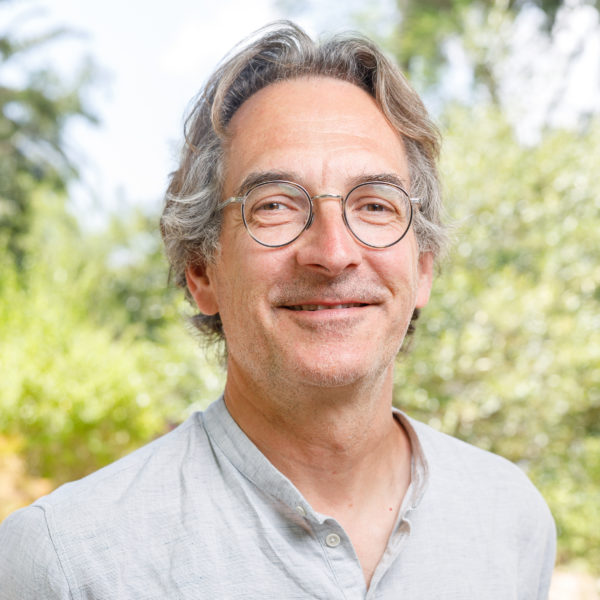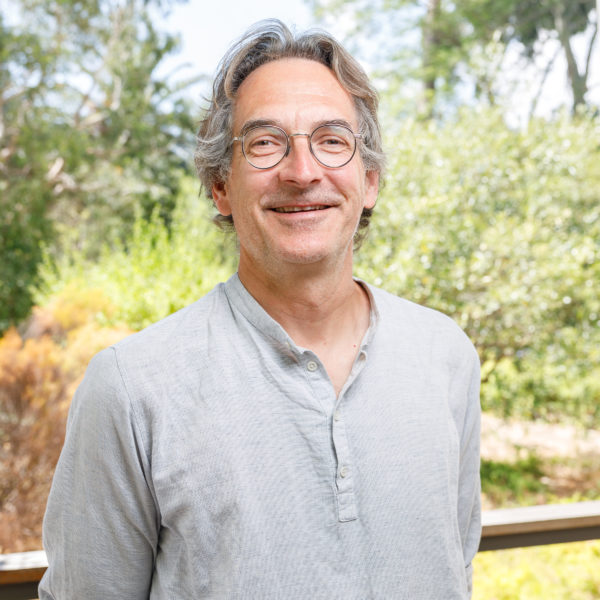Throughout environmental history, humanity has prospered from the natural resources provided by the biodiversity in their environments. At the same time, humans shape(d) their environments and the biodiversity. While the mutual feedback between biodiversity and human well–being is undisputed, it has received remarkably little analytical treatment. We are faced with the challenge that through a lack of theory building, current modeling approaches are yet unable to test well–known hypotheses on natural resources appropriation and stability of the human–environment systems. This becomes even more relevant, considering that this lack of knowledge is inherent to almost all integrated assessment models (IAM) that aim at simulating current global–scale real–world situations.
This project aims at developing novel modelling approaches that deepen our understanding of the role of diversity of biological components, natural resources and societal aspects to test various controversial hypotheses on the stability of socio–environmental systems. I will use most up–to–date and innovative biophysical and socio–economic models to develop biophysical–principles–based models incorporating the interactions of the biodiversity–production mutualism.
Menu
Project:
Modelling how Diversity Sustains Societies’ Resilience: How does incorporating biodiversity change solutions of optimum resource-use problems?
Related news
Related news
Share this project:
Share on whatsapp
WhatsApp
Share on email
Email
Share on facebook
Facebook
Share on twitter
Twitter
Share on linkedin
LinkedIn
Is any information on this page incorrect or outdated? Please notify Ms. Nel-Mari Loock at [email protected].


